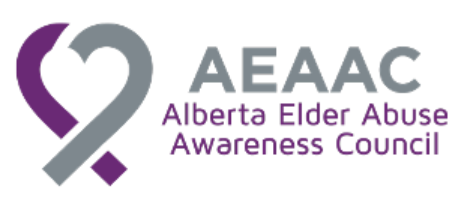Abstract
''Given that ‘home’ is the major physical‐spatial environment of many older adults and that home, social and neighbourhood environments are well‐recognised to impact both the ability to age in place and quality of life in this population, a better understanding of the nature of social interactions within seniors’ communal living environments is critical for health promotion. This paper describes a two‐phase participatory research study examining peer bullying by older adults conducted in April and May, 2016. Responding to needs expressed by tenants, the objectives of this study were to identify the nature, prevalence and consequences of peer bullying for tenants of two low‐income senior apartment communities. In collaboration with the local Older Adult Abuse Task Force, a screening survey on bullying was distributed to all tenants. Findings (n = 49) indicated that 39% of tenants had witnessed peer bullying and 29% had experienced bullying by peers. An adapted version of a youth bullying survey was administered in follow‐up face‐to‐face interviews with 13 tenants. The most common forms of peer bullying were deliberate social exclusion and hurtful comments. The majority of respondents indicated that bullying was a problem for seniors and that bullies hurt other people. Outcomes of bullying included feelings of dejection and difficulties conducting everyday activities.''
Donna Goodridge RN, PhD, Jennifer Heal‐Salahub RN, MN, Elliot PausJenssen MSW, George James BA Hons, MA, Joan Lidington BSN, BSW.
To access the full length paper, visit the Wiley Online Library
















